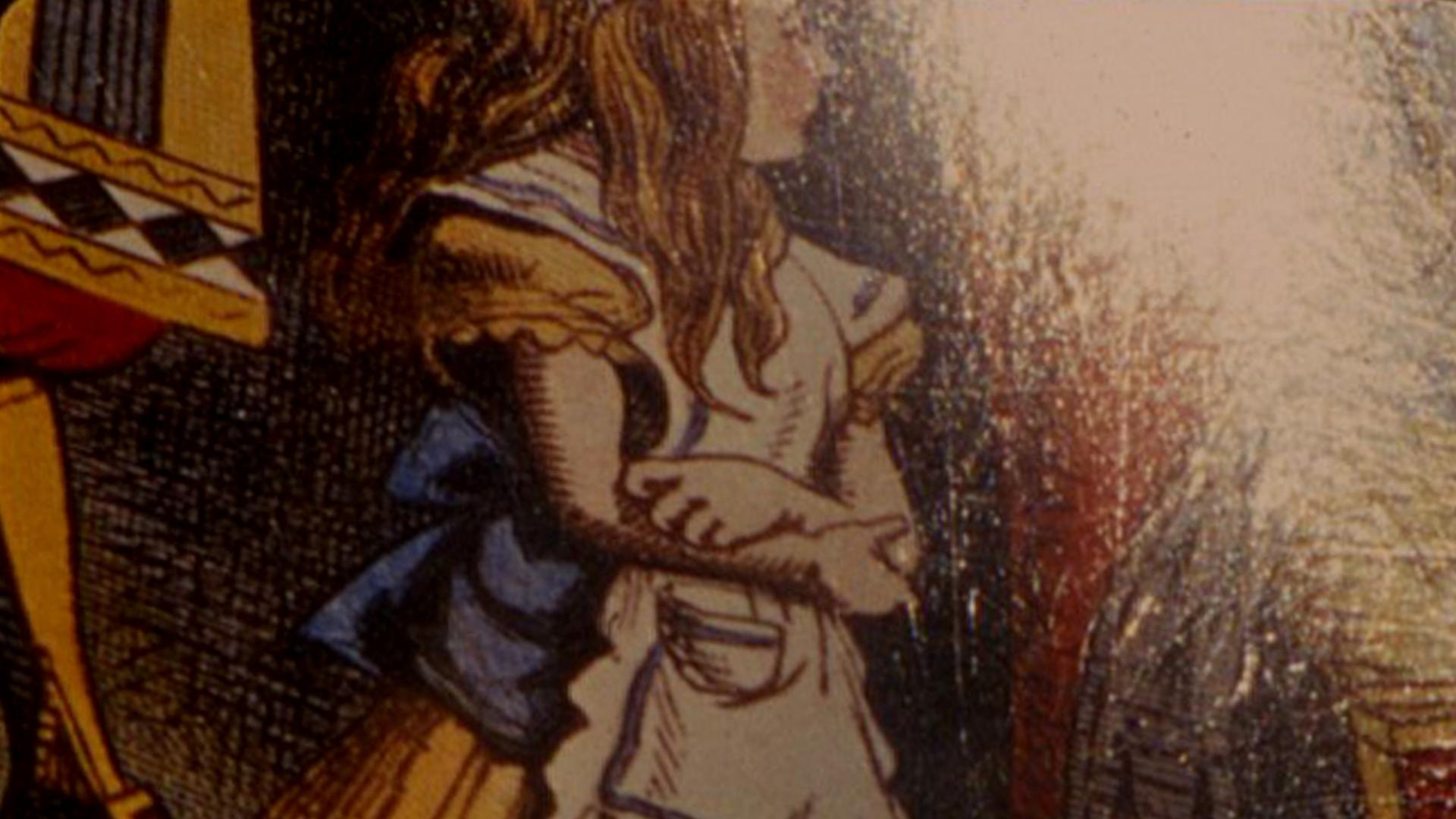Curator: Vivian Ostrovsky | Presented by Sharon Balaban
The filmmakers featured in this program have often been overlooked throughout the various histories and reference books written about the British avant-garde from the 1960s to the present. Only in the 1990s did they begin to receive recognition in international exhibitions such as WACK! ART AND THE FEMINIST REVOLUTION (MOCA). More recently, the BFI’s WOMEN OF THE AVANT-GARDE discussions at the London Film Festival provided a valuable space for reflection.
The films in our program span the period between 1971 to 2015. These were significant and turbulent times in the UK. On one hand, funding from the Arts Council allowed artists to create new works and challenge dominant ideas and practices. On the other, political upheaval, the IRA, miners' strikes, the oil crisis, and the Thatcher years dampened the remaining optimism of the 1960s and gave rise to reactions such as the Punk movement and a feminist rebellion.
The filmmakers presented here have an innovative approach and a unique perspective on their surrounding world. We hope this program emphasizes the transformative influence these artists have had through their provocative works and practices that shaped the feminist art movement.
You Be Mother
Sarah Pucill, 1990, 16 mm, sound, 6:40 min.
YOU BE MOTHER uses stop-frame animation to disrupt the traditional orders of animate and inanimate, the fluid and the solid. A hallucinatory space appears when a frozen image of the artist's face is projected onto pieces of crockery atop a table. Events unfold to the amplified sounds of grinding, pouring and stirring.
Block
Emily Richardson, 2005, 16 mm, sound, 12:43 min.
BLOCK is a portrait of a London tower block built in the 1960s. The film reveals its interior and exterior spaces, and patterns of activity, thus creating a certain rhythm with the security guard’s surveillance footage. In working with a static camera, stationary shots are repeated and edited together one after another in the same manner as CCTV recordings, which switch from one camera view to another, often disrupting the (visual) "narration."
Petrolia
Emily Richardson, 2005, 16 mm, sound, 20:59 min.
PETROLIA takes its name from the oil drilling platform situated in the Cromarty Firth, Scotland. The film looks at the architecture of the oil industry along the Scottish coastline where oil and gas supplies are predicted to run dry in the next forty years.
Redshift
Emily Richardson, 2001, 16 mm, sound, 3:56 min.
In astronomical terminology “redshift” is a term used in calculating the age of stars by measuring their distance from the Earth. REDSHIFT attempts to convey the vast cosmic geometry of the night sky and gives an altered perspective of the landscape. Long exposures and lingering shots, fixed camera positions, and timelapse animation techniques reveal aspects of the night that are largely invisible to the naked eye.
Curious Light
Charlotte Pryce, 2011, 16 mm, silent, 3:55 min.
A manuscript illuminated: illustrations retreat into the fiber of the page; a fleeting light dissolves into the emulsion of the film. An elusive story is revisited.
Prima Materia
Charlotte Pryce, 20015,16 mm, silent, 3:32 min.
Delicate threads of energy spiral and transform into mysterious microscopic cells of golden dust: These are the luminous particles of the alchemist’s dream. PRIMA MATERIA is inspired by the haunting wonderment of Lucretius’s De Rerum Natura. It is an homage to the first, tentative photographic records that revealed the extraordinary nature of phenomena lurking just beyond the edge of human vision.
Dresden Dynamo
Lis Rhodes, 1971, 16 mm, sound, 5:05 min.
This film is part of the Structural/Materialist movement, formalized from the 1970s onward, by members of the London Film-Makers' Cooperative working to deconstruct the many aspects of the cinematic illusion. By pasting "Letratone" screentone directly onto the image and sound parts of a 16mm film strip, the image is read as a sound at the same time as it is seen on the screen. The filmmaker intends to dethrone the primacy of sight in cinema and to establish a kind of audiovisual parity. Her fortuitous discovery that one of the frames produces the middle C note during projection led her to compose the film as a musical piece.
